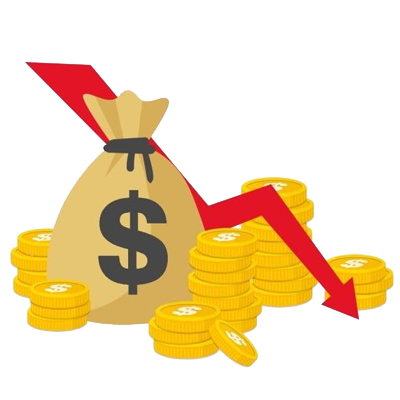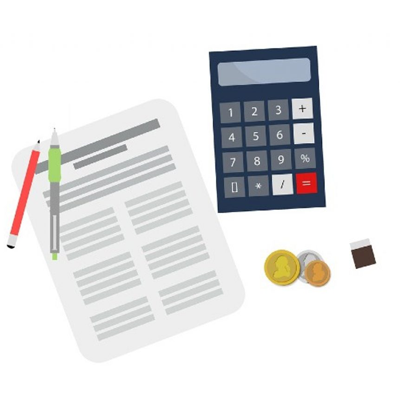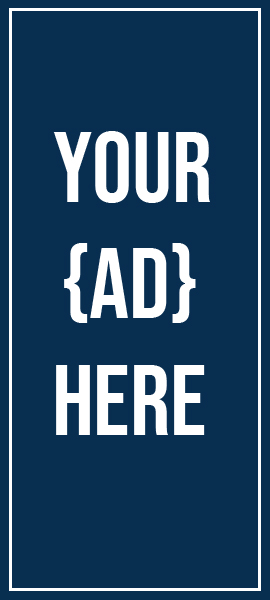
Period-End Process
Debt is like any other trap, easy to get into, but hard to get out of.
– Henry Wheeler Shaw
Ok take a deep breath, relax. As we start winding down to the last few units, we can also look at how much we’ve learned thus far. Now you can consider yourself to be almost as knowledgeable as that person who went to an accounting seminar in Japan last year. See what you can accomplish if you just put your mind to it? One thing about accounting, it’s hard to fake it until you make it without first learning the basics. So in this unit, we will be providing you with some basic knowledge with regard to depreciating your assets, reconciling cash, reconciling investments, working with the trial balance, bad debt, as well as posting adjustments and corrections.
Depreciating Your Assets
As you have probably heard, when you drive your brand new vehicle off that car lot, it automatically depreciates in value. This same concept can be applied in accounting. If you buy something that has a life expectancy of over one year, and it is not expected for resale, it is considered a depreciable asset. Depreciation is taken at a fixed rate. The portion allowed for that current year can be deducted as an expense.


Reconciling Cash
Cash reconciliation, is whenever you need to compare two lists of data and find either differences or the similarities, reconciling two accounts that represent the same information, or when migrating data from an old system to a new one. For example, when you compare your bank statement with amounts of money you deposited or have withdrawn to make sure they match. You will need to compare daily deposits on a cash activity report. You will also need to compare summary totals.
Reconciling Investments
When reconciling investments, you will be basically doing the same thing as reconciling cash, only using investments. You will be comparing all documents making sure everything matches appropriately. Some items that can be reconciled are: interest from stocks, bonds, and mutual funds.


Working with the Trial Balance
A trial balance simply entails making a list of all accounts that have a balance other than zero. It is basically a list of all the accounts that still owe money. The balances of each account will be shown, along with their debits and credits and totaled.
Bad Debt
Every now and then a company will accumulate some bad debt, for example, debt from customers who have not paid their bills (You know who you are). Information is retrieved so that an attempt to collect can be pursued. Most times it is very difficult to collect the bad debt, so it should be removed from the books. Collection accounts should be pursued after a certain period of time (usually 90 days). Un- collectible accounts should be written off, only if they are legitimate.


Posting Adjustments and Corrections
It is important to post any corrections or adjustments to the general ledger. Such a posting may consist of a simple entry which summarizes the corrections that were needed and those which were made. Adjustments and corrections should be made when necessary in order to create uniformity in all journals and other transaction documents for a business.





